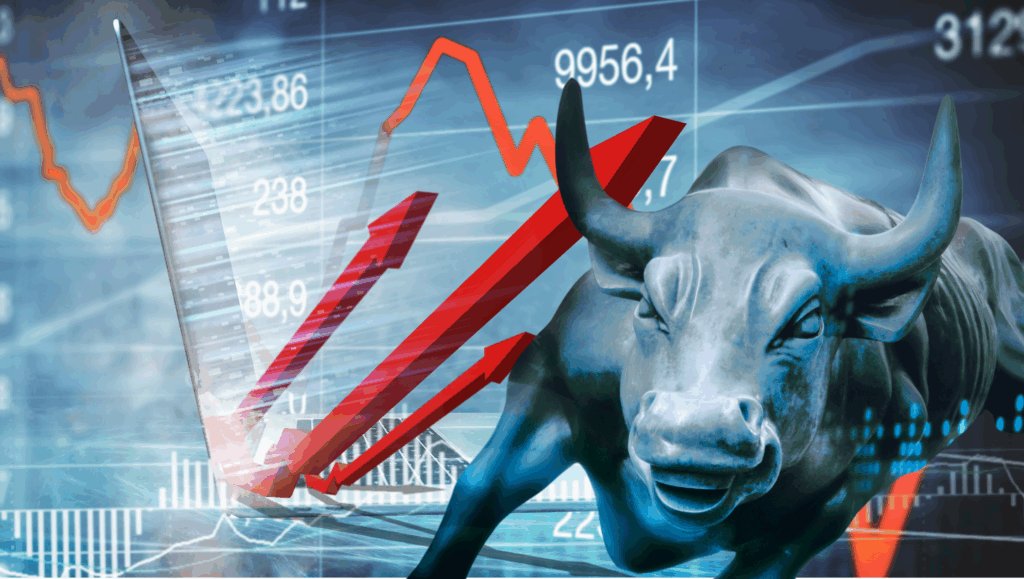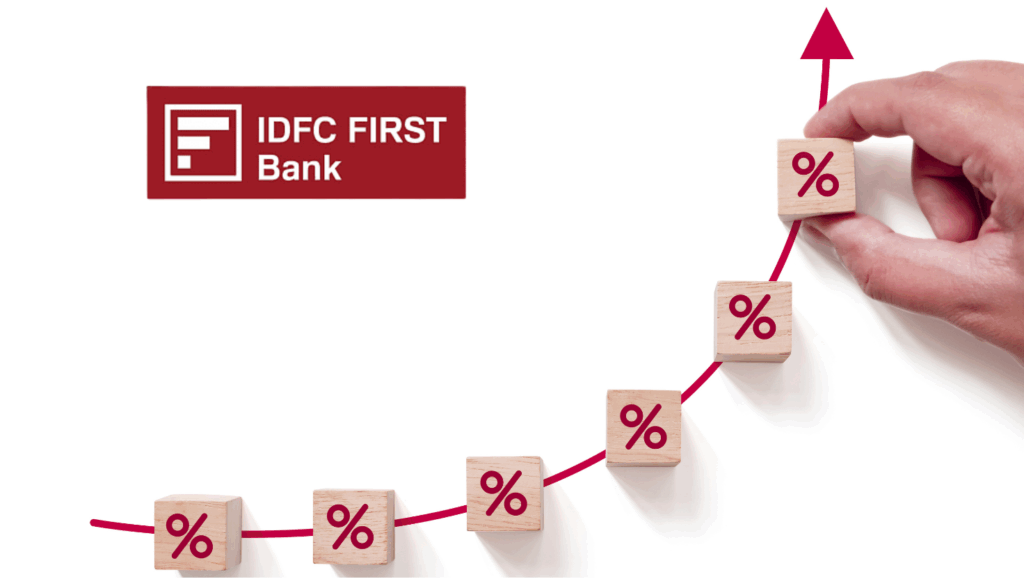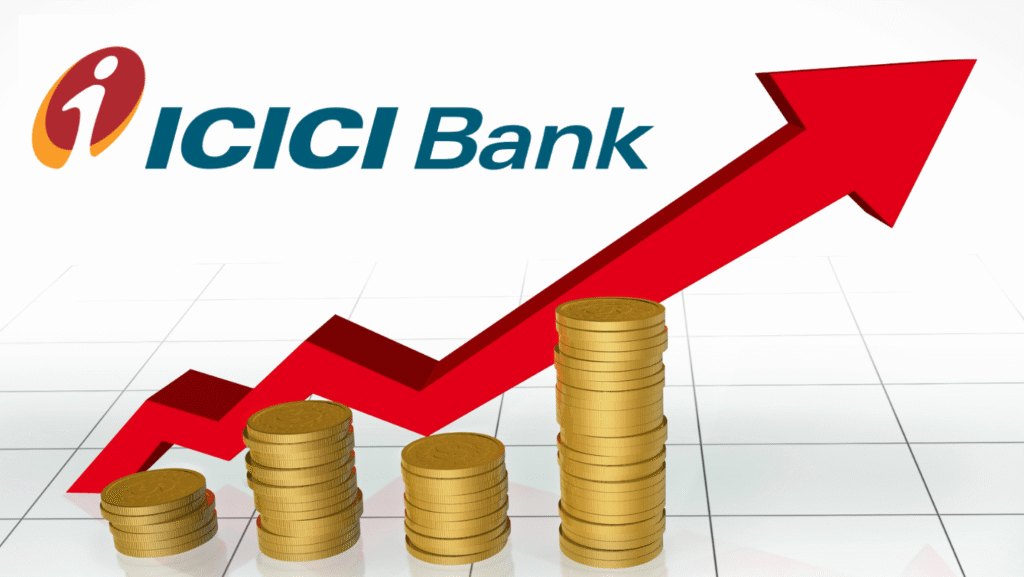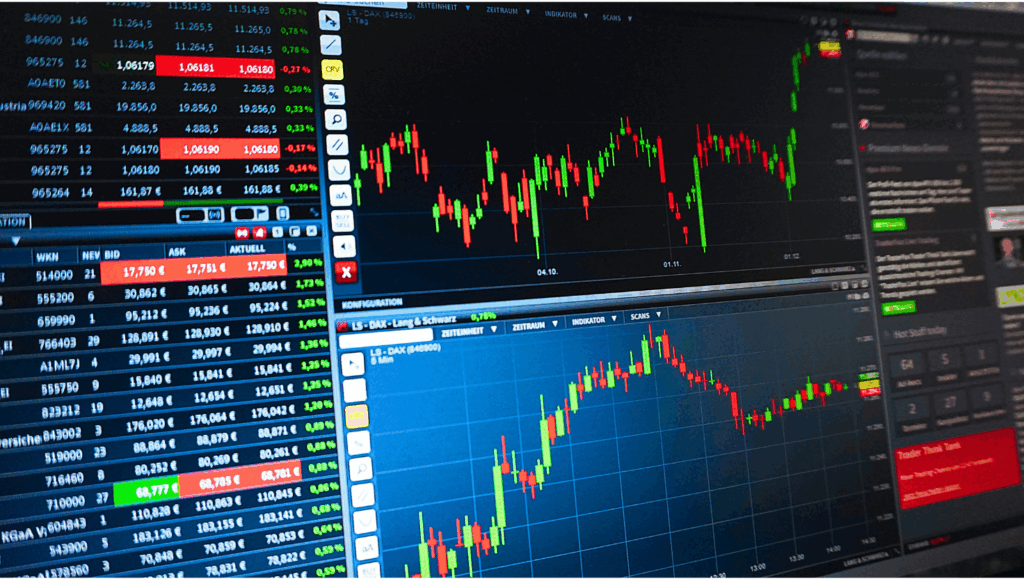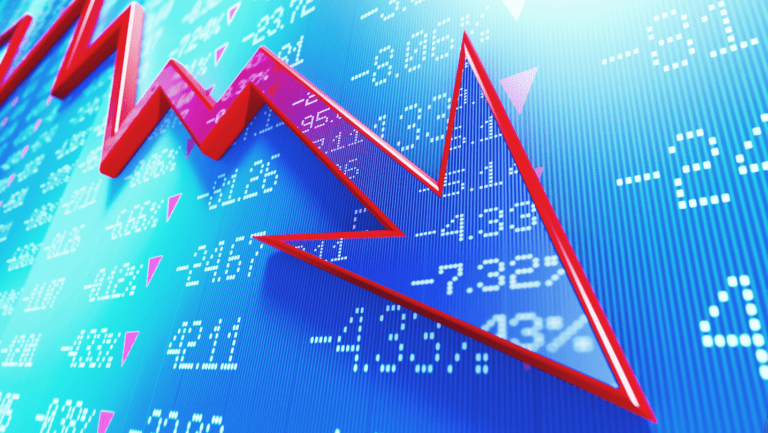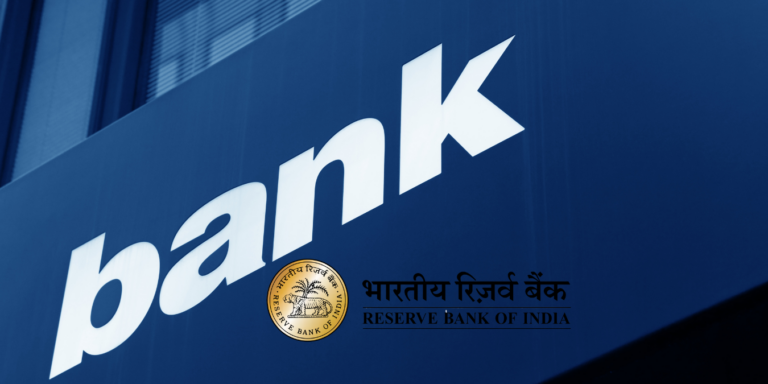
Indian Stock Market Trends: PSU Banks Outshine Amid $18B FII Exit Chaos December 18, 2025
“India’s stock market crashes on Monday: Uncover the reasons behind the Sensex and Nifty 50 downturn. Expert analysis reveals global economic concerns, interest rate hikes, and weak earnings as key factors. Get insights on defensive stocks, quality investing, and sector rotation to navigate market volatility.”
The Indian stock market witnessed a dramatic plunge on Monday, April 7, 2025, sending shockwaves through the financial ecosystem. The BSE Sensex plummeted 2,226.79 points, a 2.95% drop, closing at 73,137.90, while the NSE Nifty50 tumbled 742.85 points, or 3.24%, to settle at 22,161.60. Investors lost a staggering ₹13.58 lakh crore in a single day, marking the worst single-day fall since June 4, 2024, when election results rattled the market. Dubbed “Black Monday” by traders and analysts, this crash mirrored a global sell-off triggered by escalating trade tensions and recession fears. But why did the share bazaar fall so badly? What should investors do now? How does this impact India compared to other countries, and what are the investment themes to watch in 2025? This blog post dives deep into the data, expert insights, and actionable strategies to navigate this turbulent period.
Why Did the Indian Share Bazaar Crash on April 7, 2025?
The Indian stock market’s steep decline on April 7, 2025, was not an isolated event but a reflection of global economic headwinds amplified by domestic vulnerabilities. Let’s break down the key triggers behind this Monday market crash:
1. Global Trade War Escalation: Trump’s Tariffs and China’s Retaliation
The primary catalyst was U.S. President Donald Trump’s announcement of steep tariffs on April 2, 2025, targeting major trading partners like China, Canada, and Mexico. A uniform 25% tariff on steel and aluminum imports, coupled with a 10% across-the-board tariff on other nations, reignited fears of a full-blown trade war. China retaliated swiftly with a 34% tariff on all U.S. imports and restricted exports of rare earth minerals, a move that jolted global supply chains. This tit-for-tat escalation sent shockwaves through Wall Street, with the Dow Jones plunging 800 points and the S&P 500 dropping 4% on March 4, 2025, setting a grim tone for Asian markets, including India.
Vinod Nair, Head of Research at Geojit Investments Limited, noted, “The market tumbled as the carnage over high U.S. tariffs and the retaliation by other countries may kickstart a trade war.” Sectors like IT and metals, heavily reliant on global trade, underperformed, with the Nifty Metal index crashing 6.75% and Nifty IT sliding over 4%.
2. Recession Fears in the U.S.
Growing recession fears in the U.S., a key market for Indian exports, exacerbated the sell-off. The U.S. Federal Reserve’s reluctance to cut rates amid persistent inflation (2.8% in 2025, above the 2% target) and Trump’s aggressive tariff policies fueled uncertainty. Experts like Alejandro Zambrano of ThinkMarkets warned that delayed rate cuts and trade wars could push the U.S. into a recession, impacting global liquidity and investor sentiment. For India, this translated into a massive outflow of foreign institutional investor (FII) funds—₹1.5 trillion in 2025 so far, with five consecutive sessions of net selling leading up to April 7.
3. Rupee Depreciation and FII Exodus
The Indian rupee weakened to 85.70–85.75 against the U.S. dollar on April 3, 2025, down from 85.49, driven by capital outflows and a stronger dollar (U.S. dollar index at 109.6). FIIs pulled out over ₹61,000 crore ($7.3 billion) between January and March 2025, lured by higher U.S. treasury yields and China’s stimulus-driven equity rally (Hang Seng Index up 18.7% in 2025). This “Sell India, Buy China” trend intensified selling pressure on the Sensex and Nifty.
4. Domestic Economic Slowdown
India’s real GDP growth decelerated to 5.4% in Q2 FY25, a seven-quarter low, reflecting sluggish industrial output, weak consumer demand, and rural distress. The Reserve Bank of India (RBI) revised its FY25 growth forecast to 6.6%, signaling prolonged softness. Disappointing Q3 earnings, with Nifty50 companies projecting just 3% year-on-year EPS growth, further eroded investor confidence, especially in overvalued mid- and small-cap stocks (Nifty Midcap100 and Smallcap100 fell over 3% on April 7).
5. Sectoral Bloodbath
The crash spared no sector, but metals, realty, autos, and IT bore the brunt. The Nifty Metal index dropped 6.75%, hit by falling commodity prices (Brent crude at $63.78/barrel, down 2.74%), while Nifty Realty slid 5.69% amid demand concerns. Top Sensex losers included Tata Steel (-7.73%), Tata Motors, and Infosys, reflecting global trade and tech spending slowdowns.
Investors Are Advised to: Actionable Strategies Post-Crash
The Monday market crash has left investors rattled, but experts urge calm and strategic planning over panic selling. Here’s what investors are advised to do:
1. Adopt a Wait-and-Watch Approach
VK Vijayakumar of Geojit Investments recommends a “wait-and-watch” strategy amid uncertainty over Trump’s tariffs. “No one has a clue how this turbulence will evolve,” he said. Avoid knee-jerk reactions like selling at a loss; instead, monitor global trade developments and U.S. inflation data (due later this week) for cues.
2. Focus on Quality Large-Cap Stocks
Aditya Gaggar of Progressive Shares advises prioritizing large-cap stocks with strong fundamentals, as they offer stability during volatility. The NSE large-cap index fell 13.27% in four months, but its resilience compared to mid-caps (-13.58%) and small-caps (-12.80%) makes it a safer bet. Stocks like HDFC Bank, Reliance Industries, and HUL (up 0.25% on April 7) are worth considering.
3. Diversify into Domestic Themes
Vinod Nair suggests focusing on “pure-play domestic themes” like financials, aviation, cement, and digital platforms, which are less exposed to global trade shocks. Sectors like defense and renewables, buoyed by government initiatives (e.g., PLI schemes), could rebound faster once the dust settles.
4. Leverage Cost Averaging
Nithin Kamath of Zerodha emphasizes continuing systematic investment plans (SIPs) during downturns. “Average your investments across cycles,” he advises, noting that historical recoveries (e.g., post-2020 COVID crash) reward patience. The Nifty’s immediate support lies at 21,750–22,000; a breach could signal further declines, but stabilization offers buying opportunities.
5. Hedge with Fixed-Income Assets
Jeremy Siegel of Wharton suggests allocating to short-term mutual funds or bonds for stability. Corporate bonds and securitized debt instruments (SDIs) offering up to 14% fixed returns can cushion portfolios against equity volatility.
Impact on India vs. Other Countries: A Comparative Analysis
The April 7 crash was a global phenomenon, but its impact varied across countries based on economic structures, trade dependencies, and policy responses. Here’s how India stacks up:
India vs. the United States
- U.S.: The Dow Jones fell 800 points (March 4), and the S&P 500 dropped 4%, driven by tariff-induced recession fears and high inflation (2.8%). The U.S., as the tariff aggressor, faces supply chain disruptions and higher consumer prices, but its domestic market strength offers some buffer.
- India: The Sensex’s 2.95% drop was less severe than the S&P 500’s, but India’s export reliance (textiles, pharmaceuticals) and FII outflows amplify the pain. However, India’s limited direct exposure to U.S.-China trade wars (unlike Japan or South Korea) mitigates the overall impact, as Nair notes: “The overall impact on India may be limited compared to other countries.”
India vs. China
- China: The Shanghai Composite fell 3.8% amid retaliatory tariffs and rare earth export curbs, yet China’s stimulus measures (driving an 18.7% Hang Seng surge) attracted FIIs away from India. China’s export-driven economy faces bigger risks from a prolonged trade war.
- India: India’s 3.24% Nifty drop reflects secondary effects rather than direct tariff hits. The shift of FII capital to China underscores India’s vulnerability to global sentiment, but domestic consumption themes provide resilience.
India vs. Japan
- Japan: The Nikkei dropped 0.9% (January 26 data), but Monday’s crash likely deepened losses due to Japan’s heavy reliance on U.S. and Chinese markets. A sharp yen appreciation earlier in 2025 added pressure.
- India: India’s broader sectoral decline (e.g., Nifty Metal -7%) outpaced Japan’s, but its diversified economy and RBI interventions (e.g., stabilizing the rupee) offer a stronger safety net.
Key Takeaway
India’s crash, while severe, is less structurally damaging than in export-heavy economies like China or Japan. The U.S. faces self-inflicted wounds, but India’s domestic focus and policy levers (e.g., SEBI curbs, RBI actions) position it for a potentially quicker recovery.
Where to Look Amid the Chaos
Despite the Monday crash, 2025 offers opportunities for savvy investors willing to weather short-term volatility. Here are the top investment themes to consider:
1. Renewable Energy and Sustainability
Government pushes for green energy (e.g., PLI schemes) and global decarbonization trends make renewables a long-term winner. Stocks in solar, wind, and electric vehicles (EVs) could rebound as trade tensions ease.
2. Domestic Consumption Plays
Sectors like financials, cement, and affordable housing, less tied to global trade, align with India’s structural growth story. The Nifty Financial Services Index’s 9% March rebound hints at resilience.
3. Defense and Infrastructure
India’s defense spending and infrastructure investments (e.g., smart grids, highways) remain insulated from trade wars, offering stability and growth potential.
4. Digital Platforms
Digitalization, from fintech to e-commerce, continues to thrive domestically. Companies like Zomato (despite a 9.4% drop on April 7) and Nykaa could recover as consumer sentiment stabilizes.
5. Safe Havens: Gold and Bonds
Gold prices dropped to ₹91,450 (April 7), but its safe-haven appeal persists amid uncertainty. Fixed-income assets like bonds and SDIs provide predictable returns in volatile times.
Historical Context: Lessons from Past Crashes
India’s stock market has weathered storms before:
- Harshad Mehta Scam (1992): Sensex crashed 55% due to fraud, birthing SEBI reforms.
- 2008 Financial Crisis: Sensex fell 50% as global contagion hit, but India’s banks held firm.
- COVID-19 Crash (2020): Sensex shed 39%, yet rebounded 80% by 2021, showcasing resilience.
The April 7 crash, while severe, aligns with this pattern—sharp declines followed by recoveries driven by domestic strength and policy responses.
Navigating the Storm
The Monday market crash on April 7, 2025, was a brutal reminder of global interconnectedness and India’s vulnerability to external shocks. Trump’s tariffs, U.S. recession fears, FII outflows, and domestic slowdowns fueled a ₹13.58 lakh crore wealth wipeout, but India’s impact remains less dire than in export-reliant peers. Investors are advised to stay cautious, prioritize large-caps and domestic themes, and diversify into fixed-income assets while awaiting clarity on trade tensions.
Looking to 2025, renewable energy, defense, and digital platforms emerge as promising investment themes. As history shows, India’s share bazaar has a knack for bouncing back. The key? Patience, diversification, and a focus on fundamentals.
-

High-Value Credit Card Payments: The Silent Trigger for Section 148 Notices
-
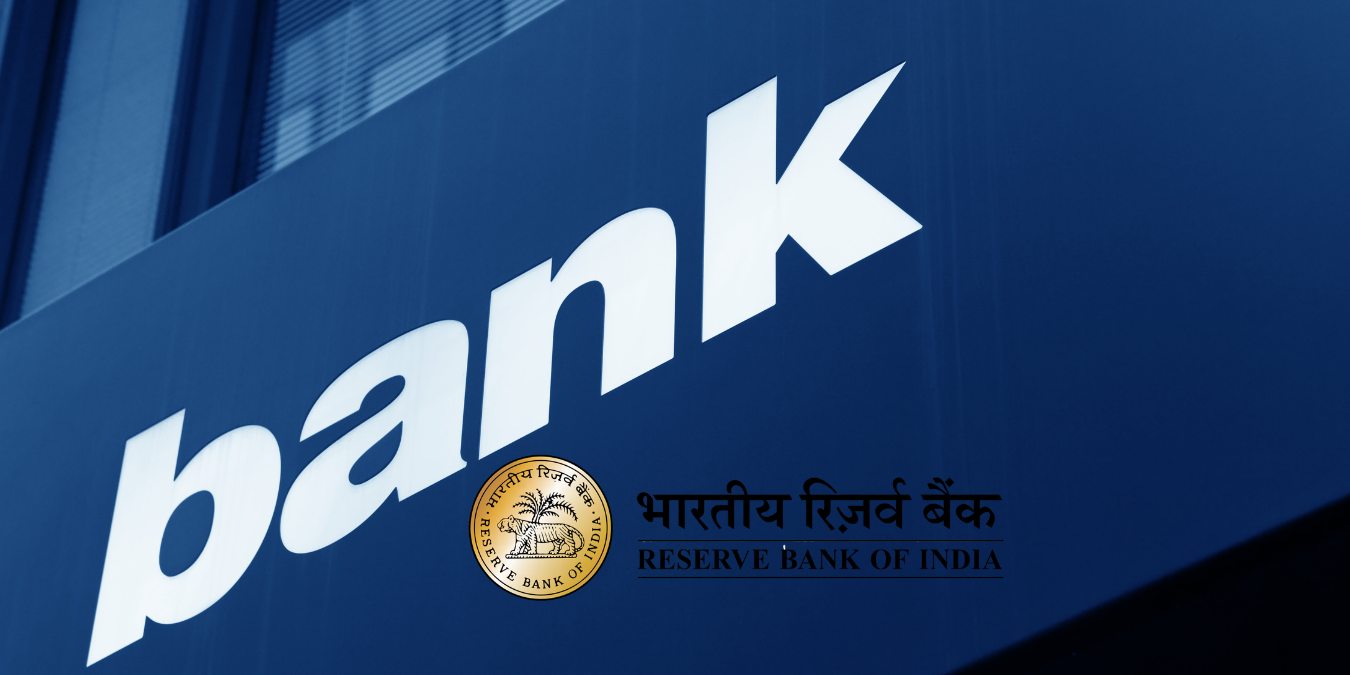
RBI Replaces Flat-Rate Deposit Insurance with Risk-Based System
-

Big Spender Alert Who Skip Tax Filing: Income Tax’s Hidden System Recovers ₹37K Cr Already
-

Indian Stock Market Trends: Sensex, Nifty Steady Amid Global Cues – Key Insights for December 19, 2025


